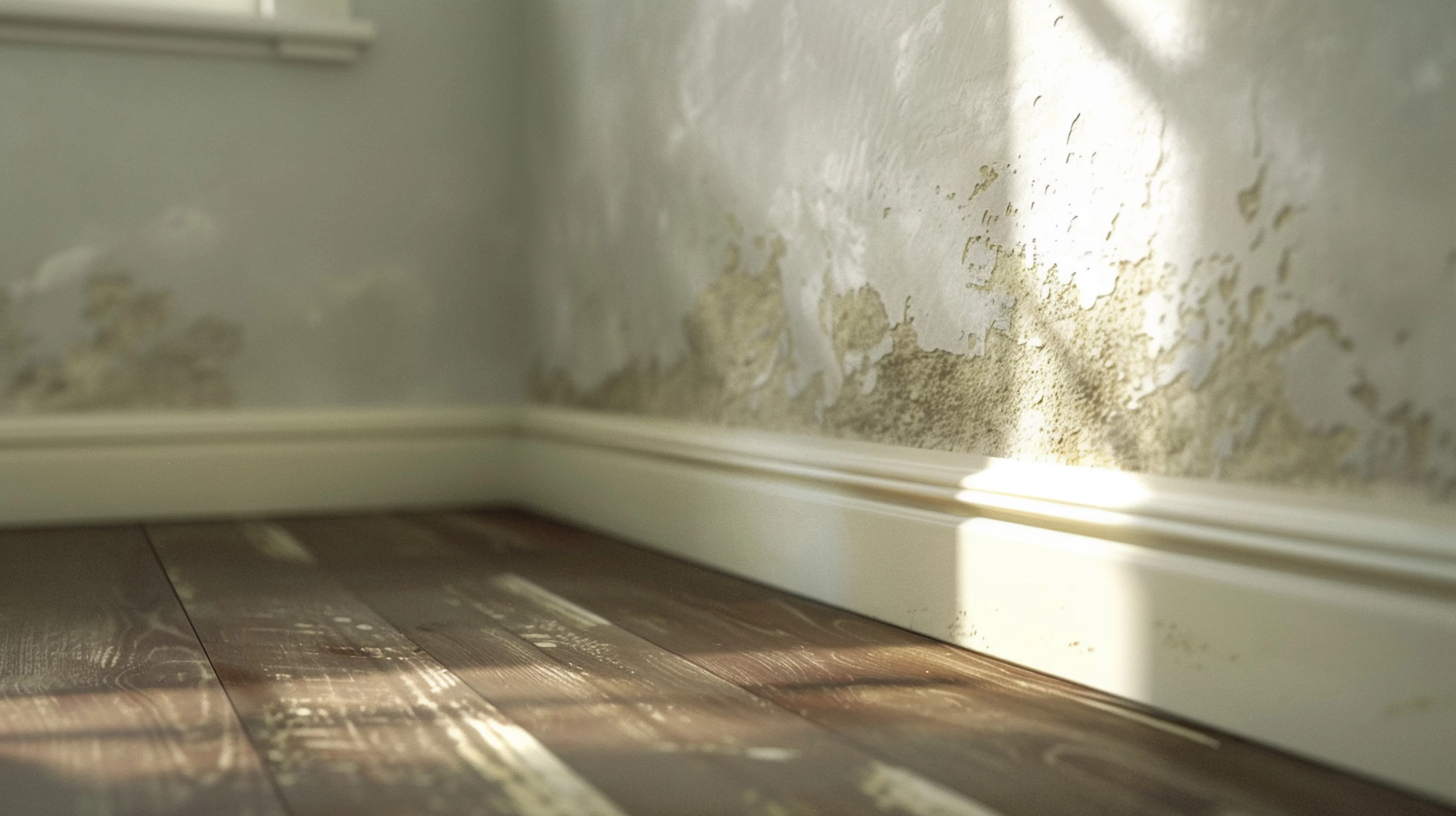"While mold is a natural part of our world, thriving indoors can lead to property damage and health issues if left unchecked."
)
Mold in house environments is a common yet often overlooked problem that can have serious consequences for both your living space and your well-being. While mold is a natural part of our world, thriving indoors can lead to property damage and health issues if left unchecked. Understanding how mold grows, what risks it poses, and how to tackle it effectively is essential for every homeowner.
Mold is a type of fungus that reproduces by releasing tiny spores into the air. These spores are invisible to the naked eye and are present in nearly every indoor environment. Since mold spores are airborne, they can easily enter your home through open doors, windows, vents, or even on your clothes and pets.
However, mold spores only develop into active mold when they find the right conditions to grow. Moisture and warmth are the two key ingredients that allow mold to flourish indoors. Whether it’s from a leaking pipe, condensation, or high humidity, damp areas create the perfect breeding ground. Mold can grow on many materials including wood, fabric, paper, wallpaper, drywall, and even plastic surfaces. Over time, mold can actually break down and damage these materials, compromising the structural integrity of your home.
Many varieties of mold can appear in a house, but some are especially common indoors:
Each mold type can have different textures, ranging from powdery to velvety or fuzzy, and their colors vary widely. Regardless of type, any visible mold growth indicates a moisture problem that needs addressing.
Mold in house settings is not just an unsightly issue; it can cause significant damage to your property. As mold grows, it digests the material it inhabits. This biological breakdown can weaken wood beams, cause drywall to crumble, warp flooring, and ruin fabrics and upholstery. Over time, mold infestation can compromise the structural soundness of your home, leading to costly repairs.
Moisture that encourages mold growth can also damage building materials by causing warping, cracking, or peeling of paint and wallpaper. If left untreated, mold can spread quickly, infiltrating hidden areas like behind walls, under floors, and inside air ducts, which makes remediation more challenging and expensive.
Mold in house environments can pose health risks, particularly for people with allergies, respiratory conditions, or weakened immune systems. When mold grows, it releases spores, fragments, and organic compounds into the air, some of which can trigger allergic reactions or respiratory irritation.
Common symptoms related to mold exposure include:
For people with asthma, mold exposure can worsen symptoms or even provoke asthma attacks. In rare cases, molds such as Aspergillus can cause serious infections known as aspergillosis, especially in those with compromised immune systems.
Some studies suggest that prolonged exposure to mold may also lead to other respiratory issues such as sinusitis or hypersensitivity pneumonitis, a lung inflammation caused by allergic reactions to inhaled mold spores.
Mold can sometimes grow in hidden places, so it’s important to be vigilant. Common signs of mold in house environments include:
If you suspect a mold problem but cannot see it, professional mold inspection services can help. Experts use tools and tests to detect hidden mold growth and assess the extent of contamination.
"While mold is a natural part of our world, thriving indoors can lead to property damage and health issues if left unchecked."
Preventing mold requires controlling moisture levels and maintaining good ventilation. The Environmental Protection Agency recommends keeping humidity below 60 percent. Here are some practical steps to reduce the chance of mold growth:
When mold in house becomes widespread or poses health risks, professional mold remediation is essential. Experts use advanced equipment to detect hidden moisture and mold growth, ensuring every contaminated area is properly treated and safely removed. This thorough approach prevents recurrence and restores a clean, healthy living environment. Professional mold exposure testing helps identify any potential health hazards, helping you understand the risks to your well-being. With a complete assessment, safe removal, and preventive solutions, professional mold services restore the safety of your home and protect your family’s health long-term.
Gelair™ tea tree oil products are a powerful natural solution specifically designed to control mold in house environments. Infused with pure Australian tea tree oil, these products work by releasing a steady vapor that actively targets and inhibits mold growth in areas prone to dampness and humidity, such as AC ducts, bathrooms, and corners of poorly ventilated rooms. Unlike temporary sprays or harsh chemicals, Gelair™ offers long-term mold prevention while also purifying the air and eliminating musty odors. Backed by EPA testing and safe for use around children and pets, Gelair™ is the smart, eco-friendly way to maintain cleaner, healthier indoor spaces. To keep your home protected all year, The Healthy Home® offers Annual Gelair Contracts, including free installation of three or more blocks every 3–4 months for consistent mold control and better air quality.
Mold in house environments is more than just a nuisance. It can damage your property, degrade your home’s structure, and impact your health. Understanding how mold grows and spreads, recognizing the signs of infestation, and taking immediate action to control moisture are key to keeping your home safe. Taking mold seriously helps protect both your home and your health for the long term. If you notice mold or suspect exposure-related health issues, seek professional help promptly to restore a safe, clean living space.
